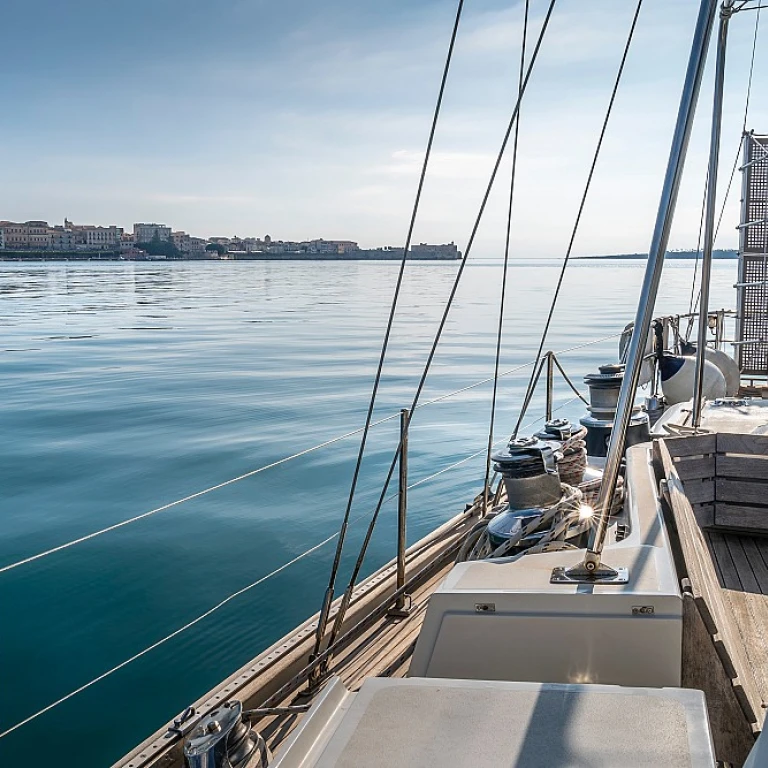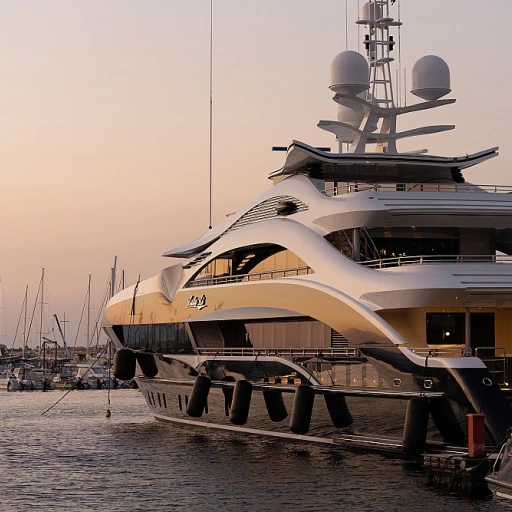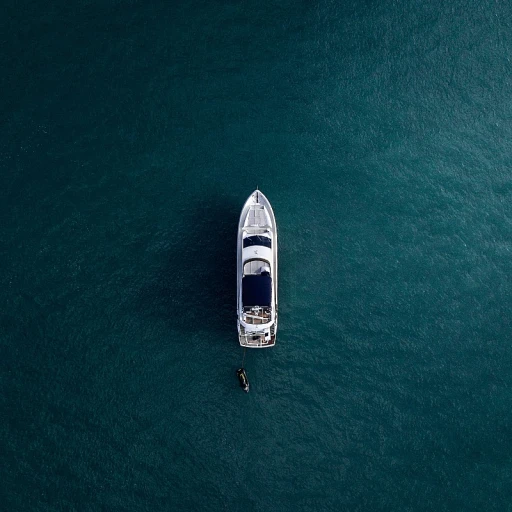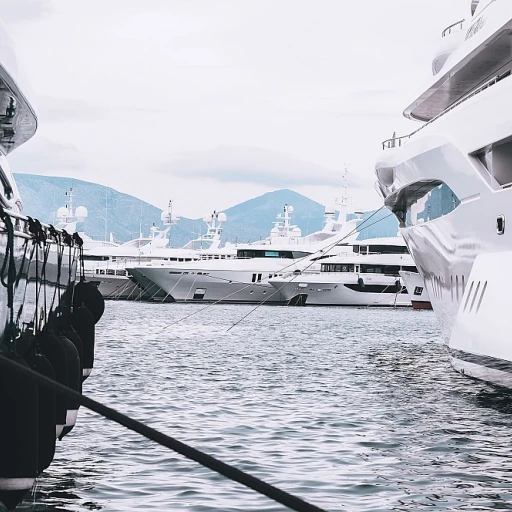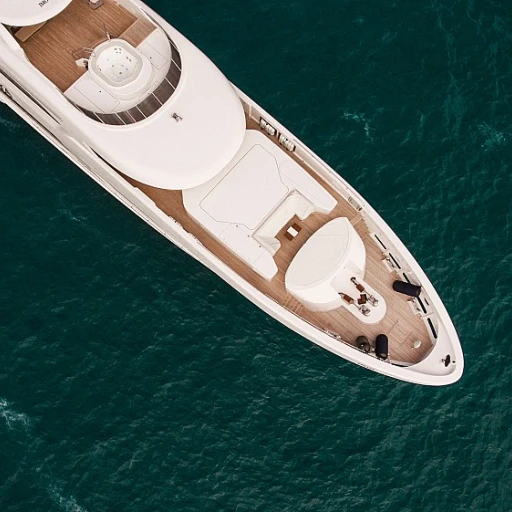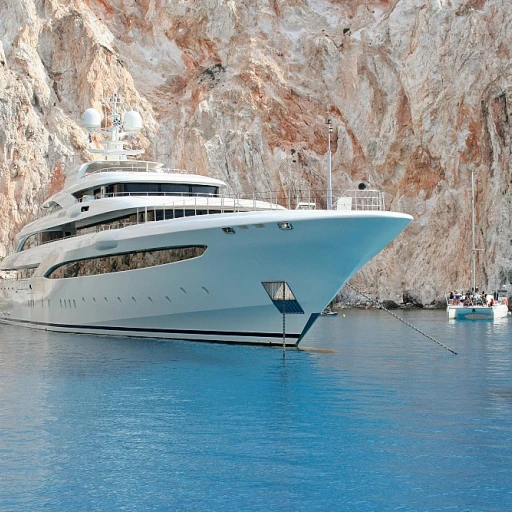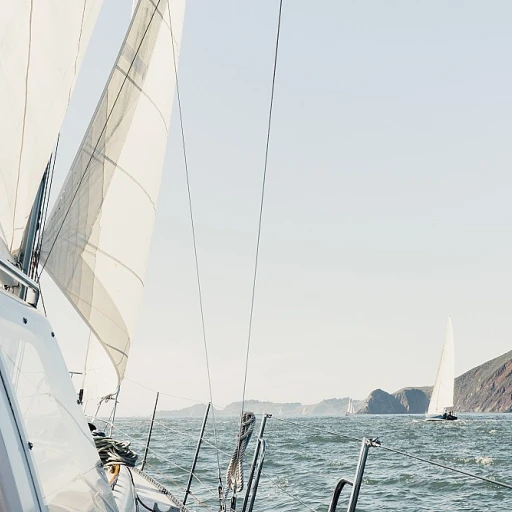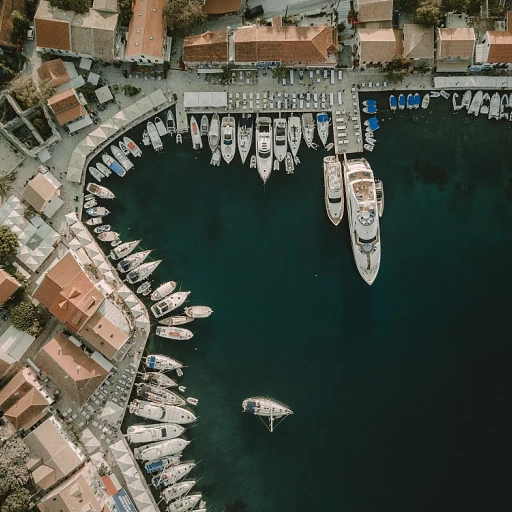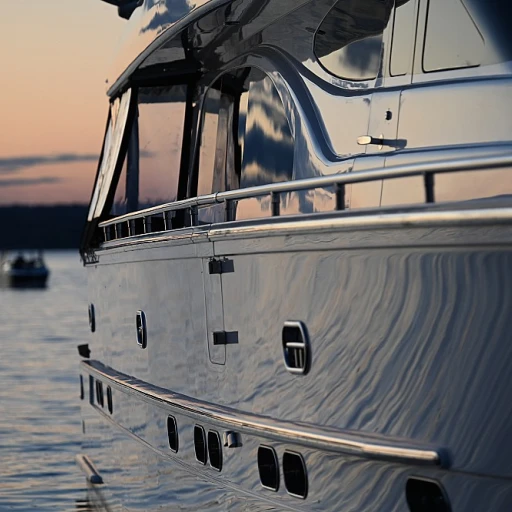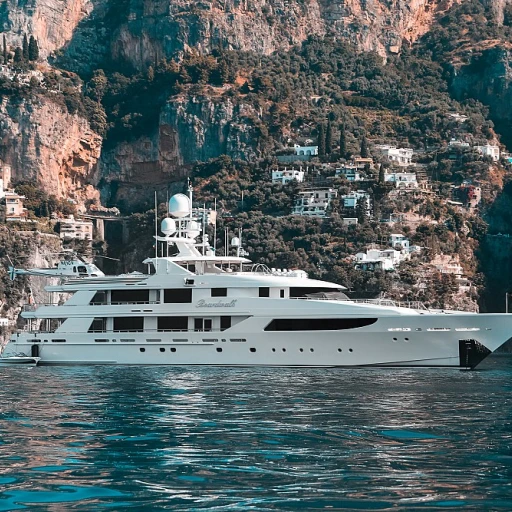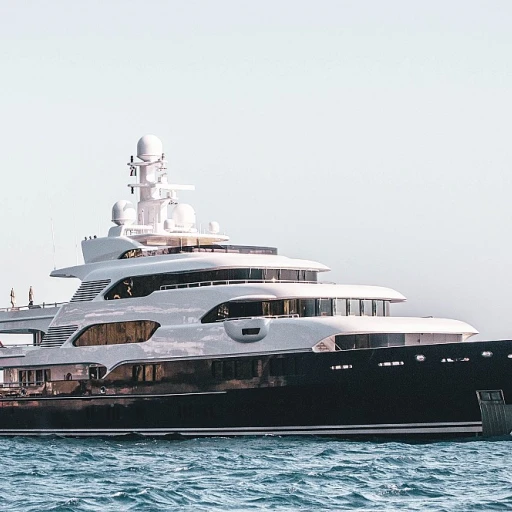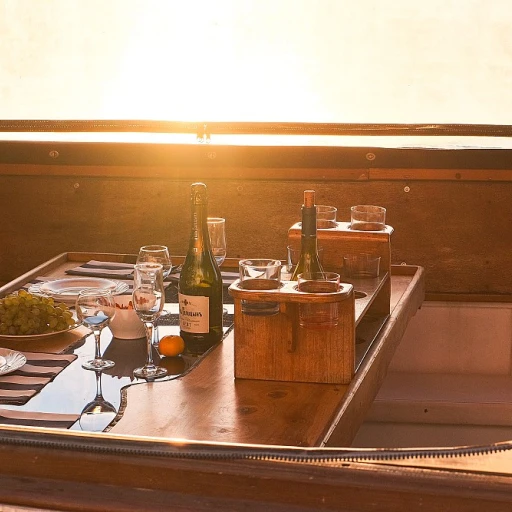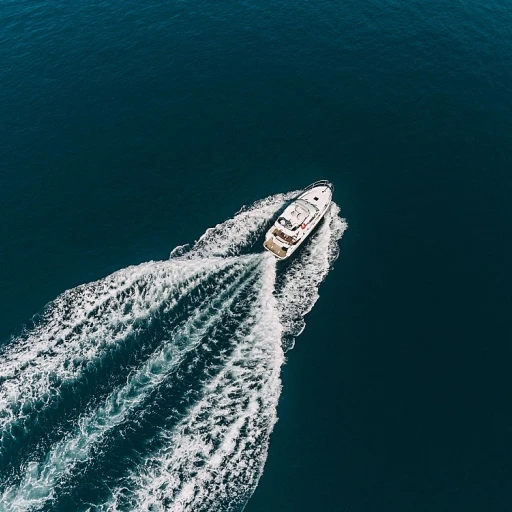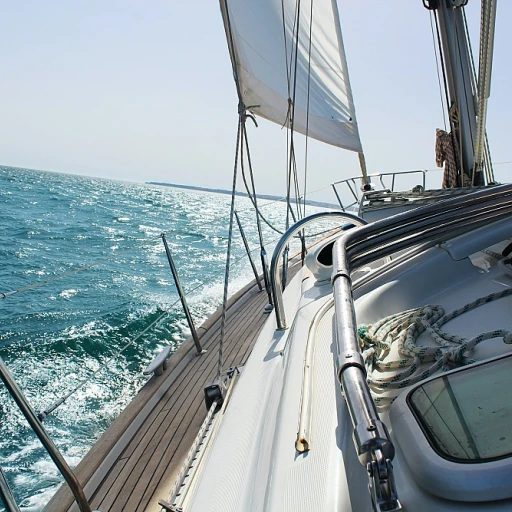
Understanding Flat Boat Fenders
Decoding the Basics of Flat Boat Fenders
Flat boat fenders, also known as boat bumpers, are crucial components in the realm of yacht maintenance. These products serve as protective buffers, safeguarding your boat from potential damage during docking and at the dock. While traditional round fenders have long been a staple, the flat design offers unique advantages that appeal to many boat owners. Primarily, flat boat fenders offer an expanded surface area that distributes impact more evenly, thereby reducing the risk of dings and scratches. This is particularly advantageous when considering the "true" value these flat bumpers provide in maintaining a yacht's pristine exterior. Available in various materials, from EVA to stainless steel, these fenders come in diverse shapes and sizes tailored to different yacht types, including the likes of bass boats and jon boats. Brands like Kemimoto offer a wide range of options, catering to both the aesthetic and functional needs of yacht enthusiasts. Price comparison is an essential step when selecting the right fender. The market is filled with numerous options, from budget-friendly choices to high-end ones with added features. It's vital to consider both the "price product" and the "delivery" options provided by the "cdn shop" and other stores, as these can impact the overall "price boat" in the "selling plan." By understanding the core functions of flat boat fenders, yacht owners can better navigate the purchasing process, ensuring they select products that not only fit their boating lifestyle but also their protective needs. In subsequent sections, we'll delve deeper into the safety roles these fenders play, how to choose the right one for your boat, and the innovative designs shaping their evolution.The Role of Flat Boat Fenders in Yacht Safety
Enhancing Yacht Safety with Flat Boat Fenders
Flat boat fenders play a critical role in yacht safety, acting as protective barriers between your vessel and the dock. These essentials help absorb the impact during docking, preventing potential damage to the yacht's hull or the dock itself. When compared to traditional round fenders, flat fenders offer a wider surface area, distributing force more evenly and effectively. The use of high-quality materials like EVA foam or stainless steel in fender construction ensures durability and reliability. They withstand harsh marine environments, withstanding UV exposure and saltwater corrosion over time. For yacht enthusiasts who frequently undertake docking activities, having reliable flat boat bumpers can make all the difference. Furthermore, the availability of flat boat fenders in various designs and configurations allows customization to match specific yacht requirements. Whether dealing with a bass boat, jon boat, or larger vessel, the right fender design can cater to distinct hull shapes and sizes. When exploring the market, consider fender bumpers from reputable brands such as Kemimoto and others available via your preferred CDN shop. Checking product specifications thoroughly will aid in comparing price, delivery options, and other criteria to find the best fit for your vessel. For those keen on purchasing, remember that shops offer various price products, often with free shipping plans or discounts for bulk orders based on quantity rule min or null increment settings. Understanding these factors ensures you get the best value without compromising on safety or quality.Choosing the Right Flat Boat Fender for Your Yacht
Selecting the Perfect Flat Boat Fender to Enhance Your Yacht
Navigating the selection process for the right flat boat fender requires understanding various factors, ensuring your yacht’s safety while considering practicality and cost-efficiency. Here's a breakdown to guide your decision-making:- Type and Material: Flat boat fenders come in various materials such as EVA and stainless steel. EVA fenders are lightweight and provide cushioning, while stainless steel fenders offer durability and strength. Assess your docking environment and choose accordingly.
- Fit for Purpose: Different yachts and boats, whether it's a bass boat or a jon boat, require specific fender types for optimal protection. Ensure the fender you select is compatible with your yacht type and docking habits.
- Price Considerations: Prices of flat boat fenders vary widely. While shopping, compare products to find the best balance between quality and affordability. Don't forget to include potential additional costs such as delivery and shipping.
- Quality and Brand Reputation: Brands like Kemimoto are known in the market for their reliable fenders. Consider reading reviews or seeking recommendations from trusted sources before making a purchase.
- Bulk Purchase and Pricing: If you are managing multiple boats, consider quantity rules and bulk pricing strategies. Some shops, like CDN shop files, offer discounts for larger purchases, which can be a cost-effective option.
- Innovative Features: Look for innovations that might enhance the fender’s performance. Some products offer null increment bumper designs or incorporate fender bumpers with a true docking enhancement.
- Aesthetics and Color: While function trumps form, aesthetics like color can be significant. Black and other neutral tones are popular choices but don't shy away from exploring options that match your yacht's styling.
Installation and Maintenance of Flat Boat Fenders
Ensuring Proper Installation and Maintenance for Longevity
When it comes to maximizing the efficiency and lifespan of your flat boat fenders, proper installation and maintenance are imperative. Understanding the diverse types of boat fender products available, such as those designed specifically for bass boats, jon boats, or even larger vessels, can inform better installation practices. Proper deployment is crucial, whether you're using stainless steel attachments for extra durability or opting for flexible EVA material fenders for ease of use.
An essential aspect of the installation process is ensuring that your flat fender is securely fixed to accommodate potential kinetic impacts during docking. This involves considering the placement on the hull, the choice of mounting hardware, and the tension adjustments to withstand various docking conditions. Quality fenders boat systems should always be part of the core installation, as they offer bumpers that protect against hull damage efficiently.
Regular inspection is a part of maintenance that shouldn't be overlooked. Checking for any wear, tear, or damage to the fender's material or mounting points can preemptively address potential risk factors. Compare prices for replacement components or complete fender units on a trusted CDN shop or other selling plan platforms to ensure access to the right parts when needed.
Maintenance of boat bumpers doesn't just end with physical inspections. In a market where innovations in material like EVA are emerging, staying updated with advancements can lead to enhanced protection systems for your yacht. Explore sponsored products with free shipping for convenient delivery options that may include latest-gen true stainless-steel integration for additional durability.
The support of reputable brands, such as Kemimoto, provides further assurance of quality and long-term performance. Ensuring regular updates to your docking protection equipment aligns with the principle of a null increment approach, where small, routine improvements prevent larger issues. Ultimately, diligence in installation and maintenance practices translates to a better-protected vessel at a competitive price point.

